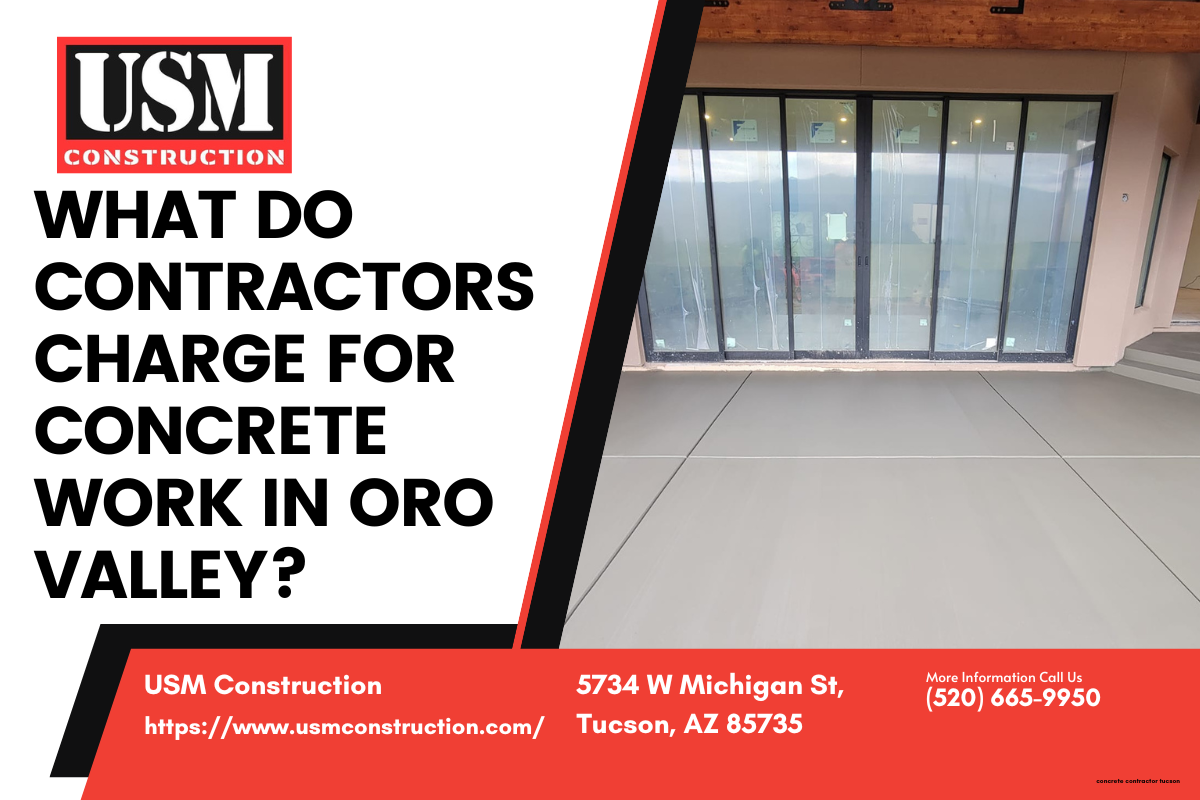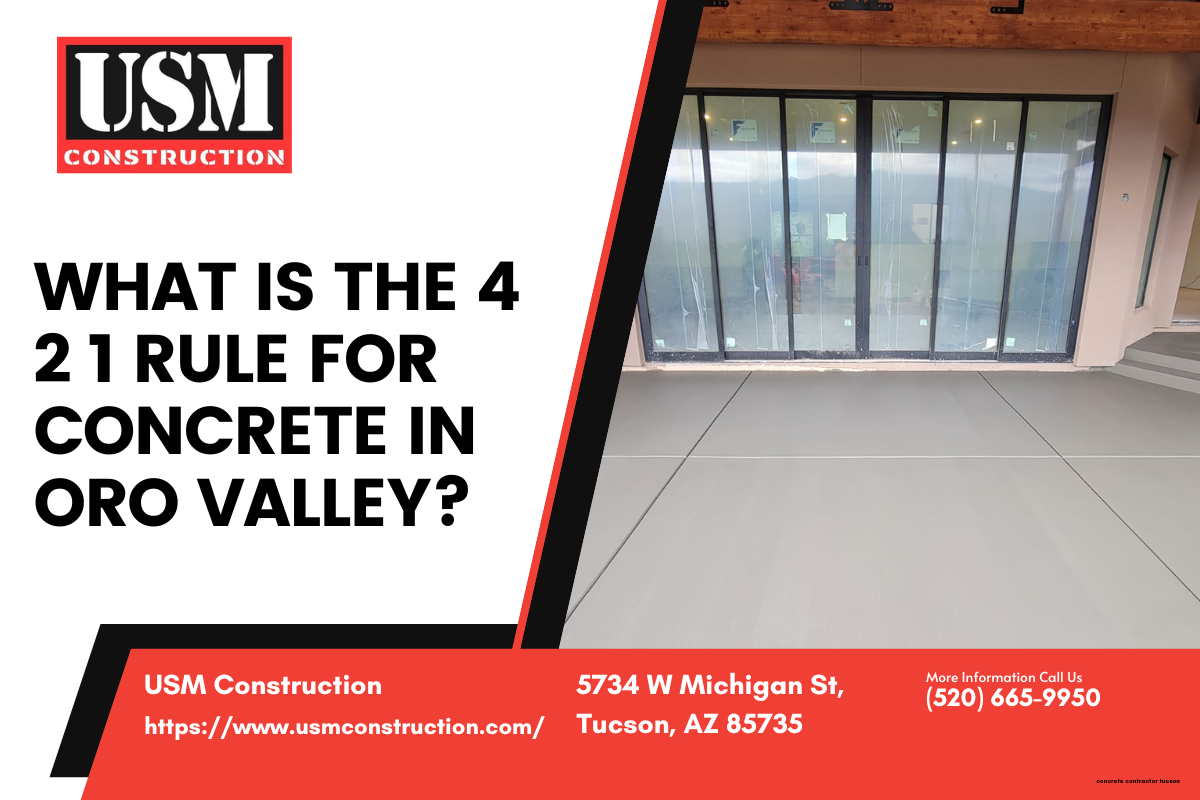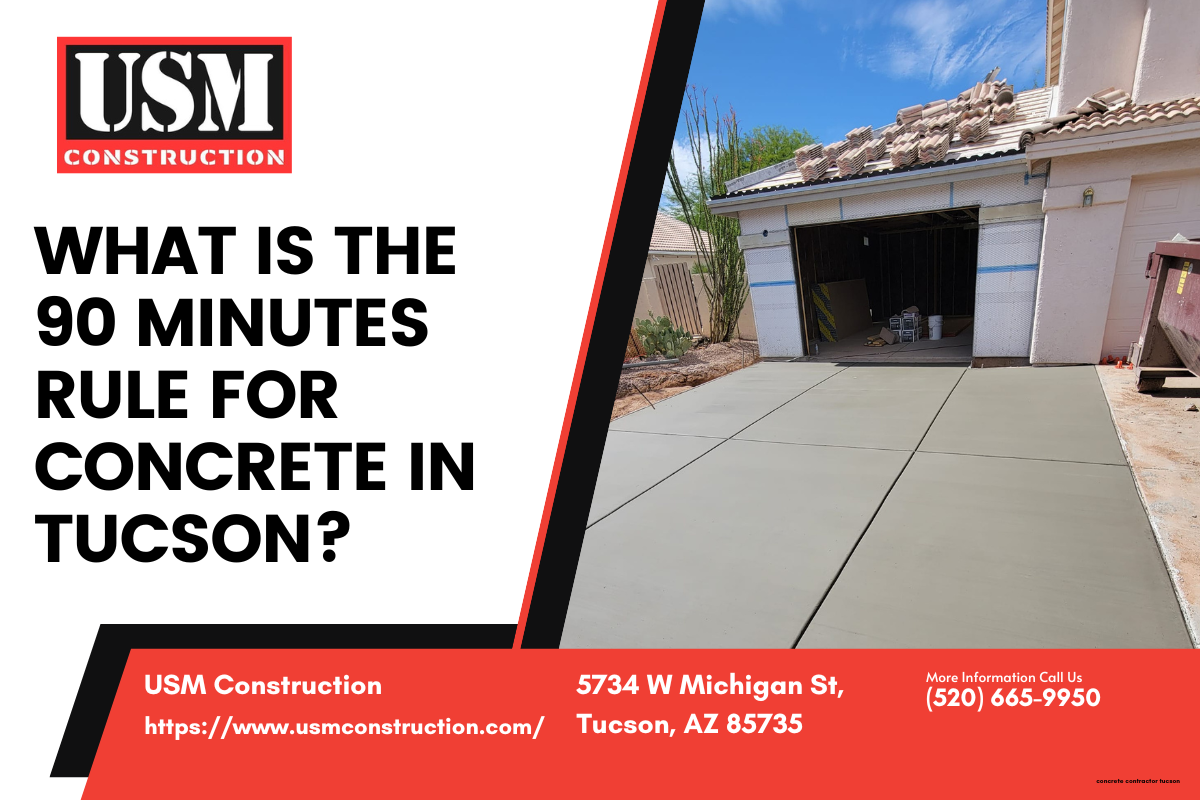TABLE OF CONTENTS
Stamped concrete, often referred to as textured or imprinted concrete, is a versatile and aesthetic way to enhance various surfaces. It replicates the appearance of materials like stone, brick, slate, or wood, providing a high-end look at a fraction of the cost. This technique is popular for driveways, patios, walkways, and pool decks, offering both durability and beauty.
How Does Stamped Concrete Work?
Preparation
The process begins with the preparation of the area where the stamped concrete will be installed. This involves cleaning the surface, ensuring it is free of debris, and setting up forms to contain the concrete. Proper preparation is crucial for achieving a smooth, even finish.
Pouring the Concrete
Once the area is prepared, the concrete mix is poured. It's essential to use a high-quality mix to ensure the longevity and durability of the stamped concrete. The mix is spread evenly, ensuring a consistent thickness throughout the entire area.
Adding Color
To achieve the desired look, color is added to the concrete. This can be done in two main ways: integral coloring and color hardening. Integral coloring involves mixing the color directly into the concrete, ensuring a uniform hue throughout. Color hardening, on the other hand, involves applying a color hardener to the surface of the wet concrete. This method not only adds color but also strengthens the surface.
Stamping the Concrete
The stamping process is where the magic happens. Once the concrete reaches the right consistency, rubber stamps with various patterns and textures are pressed into the surface. Timing is critical; the concrete must be firm enough to support the weight of the stamps but still pliable enough to create a detailed impression. Skilled professionals carefully align the stamps to ensure a seamless pattern.
Curing and Sealing
After stamping, the concrete needs time to cure. This process typically takes several days, during which the concrete hardens and gains strength. Once cured, a sealer is applied to protect the surface from stains, weather, and wear. Sealing also enhances the color and gives the stamped concrete a polished, finished look.
Benefits of Stamped Concrete
Aesthetic Appeal
Stamped concrete offers an array of design options, allowing homeowners and businesses to customize their outdoor spaces. From classic brick patterns to intricate stone designs, the possibilities are nearly endless. This versatility makes stamped concrete a popular choice for enhancing curb appeal.
Cost-Effective
Compared to natural stone, brick, or wood, stamped concrete is a more affordable option. It delivers the same visual appeal without the high price tag associated with natural materials. Additionally, its durability reduces the need for frequent repairs or replacements, further saving on costs.
Durability and Low Maintenance
Stamped concrete is known for its longevity and resilience. When properly installed and maintained, it can withstand heavy traffic, harsh weather conditions, and daily wear and tear. Maintenance is minimal, often requiring only periodic cleaning and resealing to keep it looking its best.
Increased Property Value
Investing in stamped concrete can enhance the value of your property. The improved aesthetic appeal and functional benefits make it an attractive feature for potential buyers, adding to your home's overall marketability.
Why Choose USM Construction?
Choosing the right contractor is crucial for achieving the best results with stamped concrete. USM Construction stands out as a leader in this field, offering expert services and exceptional craftsmanship. Our team is experienced, professional, and dedicated to delivering high-quality work that meets your specific needs and preferences. Trust USM Construction to transform your space with stunning stamped concrete that combines beauty, durability, and value.


























